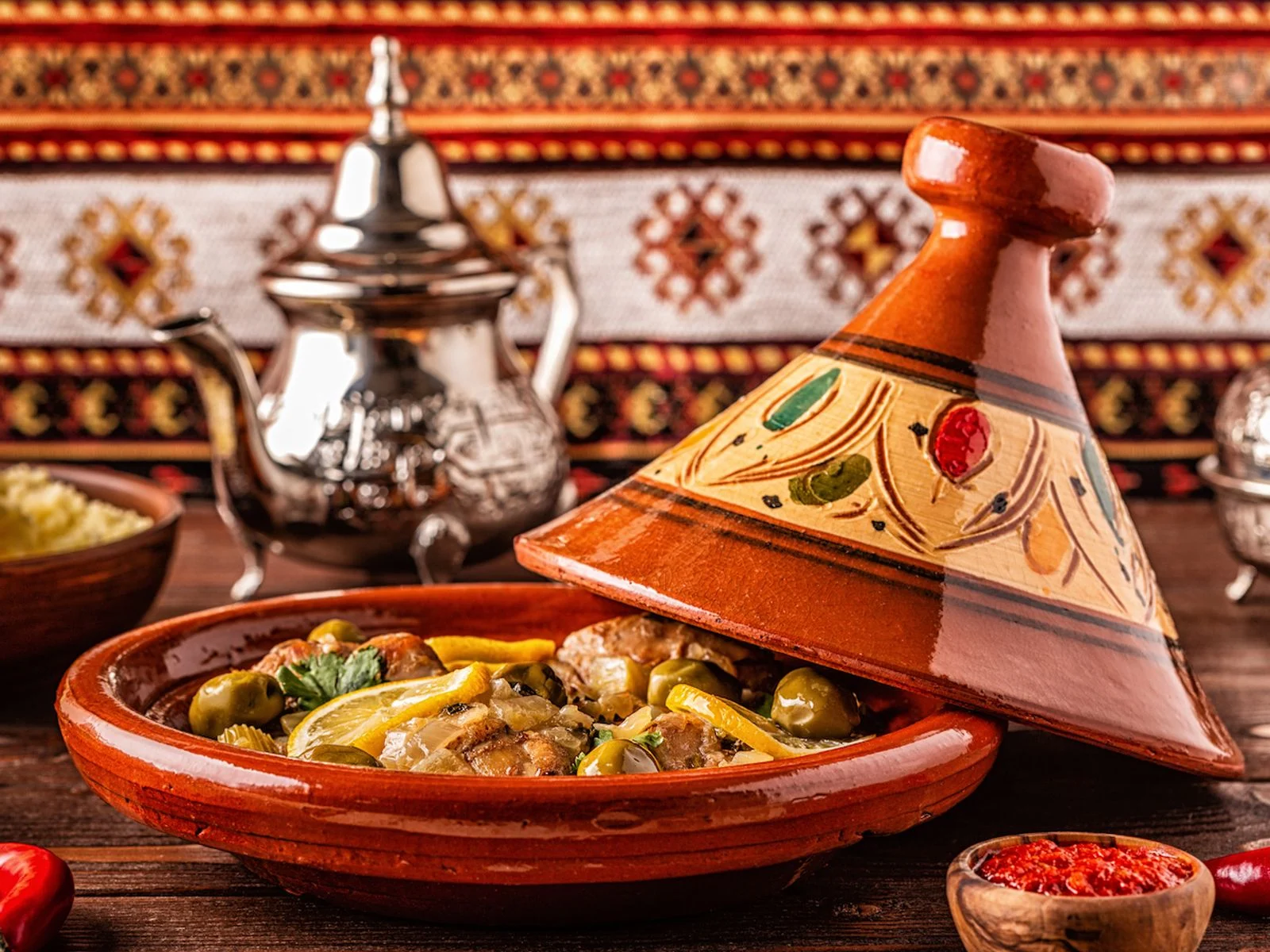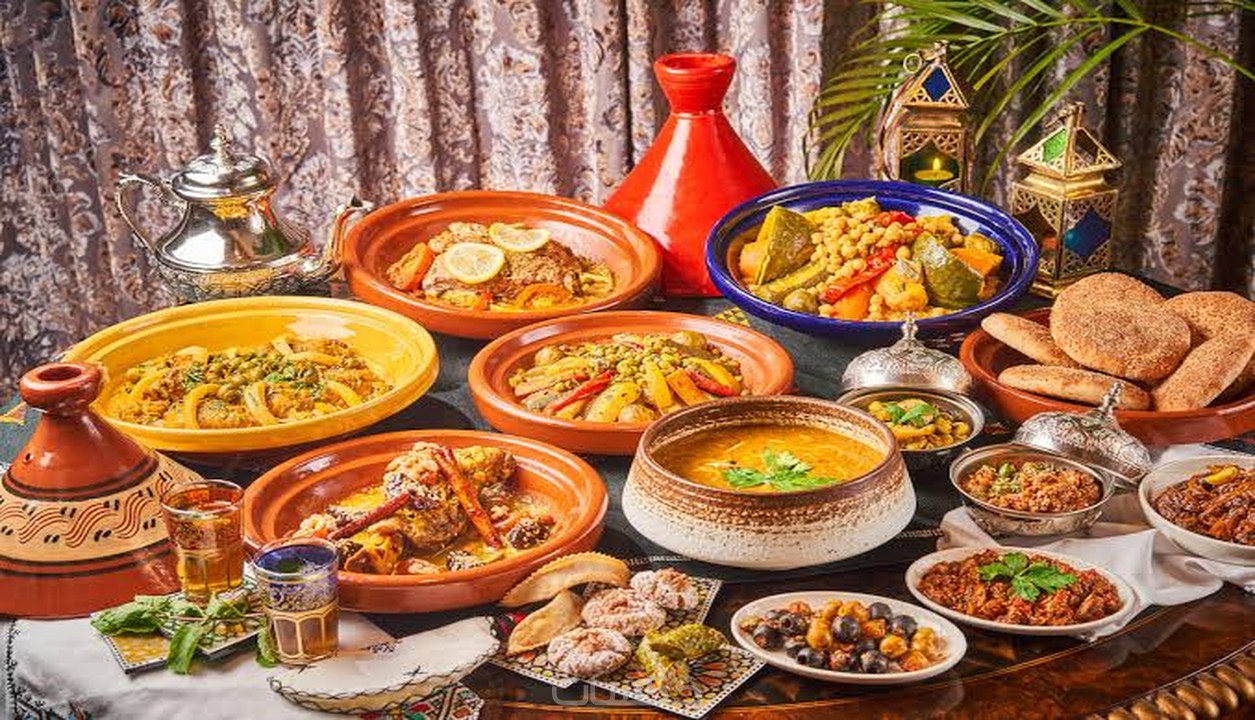What Is a Tagine? Meaning, Definition, and Moroccan Tagine Uses

What is a tagine? A tagine (also spelled tajine or tangine) is both a traditional Moroccan cooking pot and the delicious stew prepared inside it. Whether you’re searching for “what is a tagine dish” or “what is tagine food”, the answer lies in a rich Moroccan tradition of slow-cooked flavors and communal meals.
In Moroccan culture, the tagine is more than food — it’s a way of life. From home kitchens to street food stalls, it’s one of the most iconic elements of Moroccan cuisine.
Tagine Meaning & Definition
The tagine meaning is rooted in Berber and Arab heritage. The word “tagine” can refer to:
- The cone-shaped clay pot used in cooking
- The stew-like dish made inside the tagine
- A cultural experience centered around shared meals
Define tagine? Simply put, it’s a slow-cooked Moroccan dish with layers of meat, vegetables, spices, and sauce — cooked inside a special pot for unmatched tenderness and flavor.
What Is a Tagine Used For?
What is a tagine used for? Tagines are used to slow-cook stews that retain moisture and develop deep flavor. Traditionally, they are used over charcoal or fire, but now they’re also popular on gas stoves and in ovens. Their design helps recycle steam, making the dish juicy and tender.
What Is a Tagine Made Of?
A traditional Moroccan tagine combines the following elements:
- Protein: Chicken, lamb, beef, or fish
- Spices: Cumin, turmeric, ginger, saffron, paprika
- Flavors: Preserved lemon, olives, dried fruits
- Vegetables: Potatoes, carrots, zucchini, tomatoes
- Cooking pot: Clay tagine with a conical lid
Popular Types of Moroccan Tagine
- Chicken tagine with lemon and olives
- Beef or lamb tagine with prunes and almonds
- Fish tagine with chermoula sauce
- Vegetarian tagine with chickpeas and vegetables
Why Use a Tagine?
Why use a tagine? It brings out deep, authentic Moroccan flavors and transforms simple ingredients into a hearty, soul-satisfying dish. It also helps retain nutrients and moisture naturally.
Where Is Tagine From?
Tagine originates from North Africa, particularly Morocco. It’s considered a national dish and part of UNESCO’s intangible cultural heritage due to its deep-rooted presence in Moroccan life.
Tagine vs Tajine vs Tangine — What's the Difference?
All three spellings refer to the same concept. “Tagine” is the English spelling, “tajine” is the French and Moroccan Arabic spelling, and “tangine” is a common misspelling. But they all ask the same essential question: what is a tagine?
What to Expect When Eating Tagine in Morocco
- Served hot and bubbling, straight from the clay pot
- Accompanied by fresh khobz (Moroccan bread)
- Often paired with mint tea, salads, or grilled veggies
To eat tagine is to experience Morocco in a dish — deep, warm, and full of meaning. Whether you're curious about tagine food, tagine uses, or what is tagine made of, you're in for a rich cultural journey.
Looking for a Moroccan tagine in Rabat? Read our local guide to traditional restaurants in Rabat.

Also available in Spanish: ¿Qué es un tajín? Descubre su uso y significado